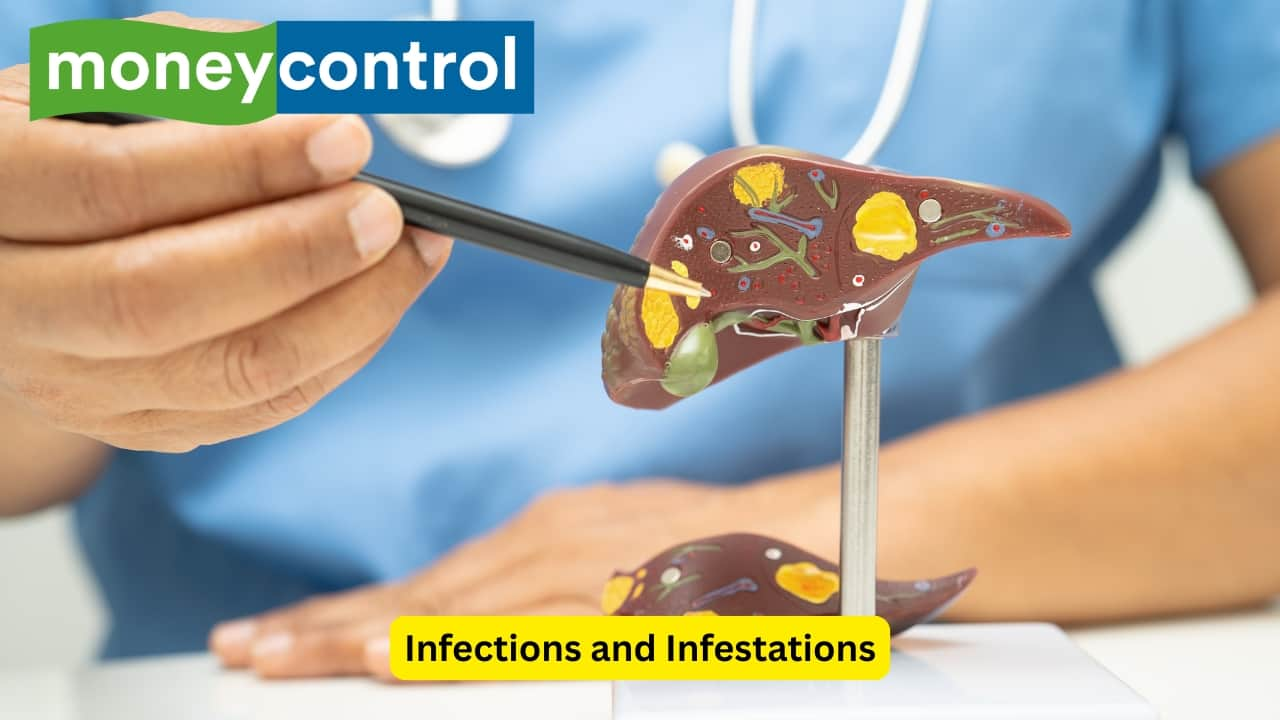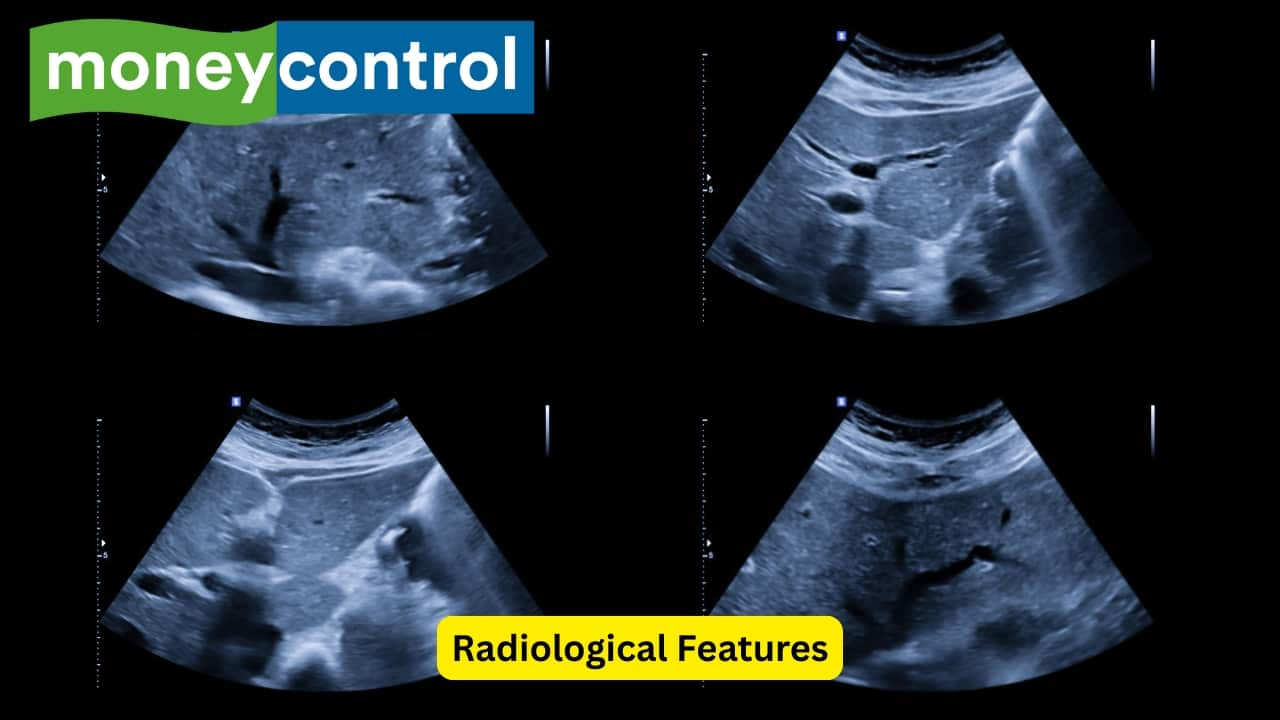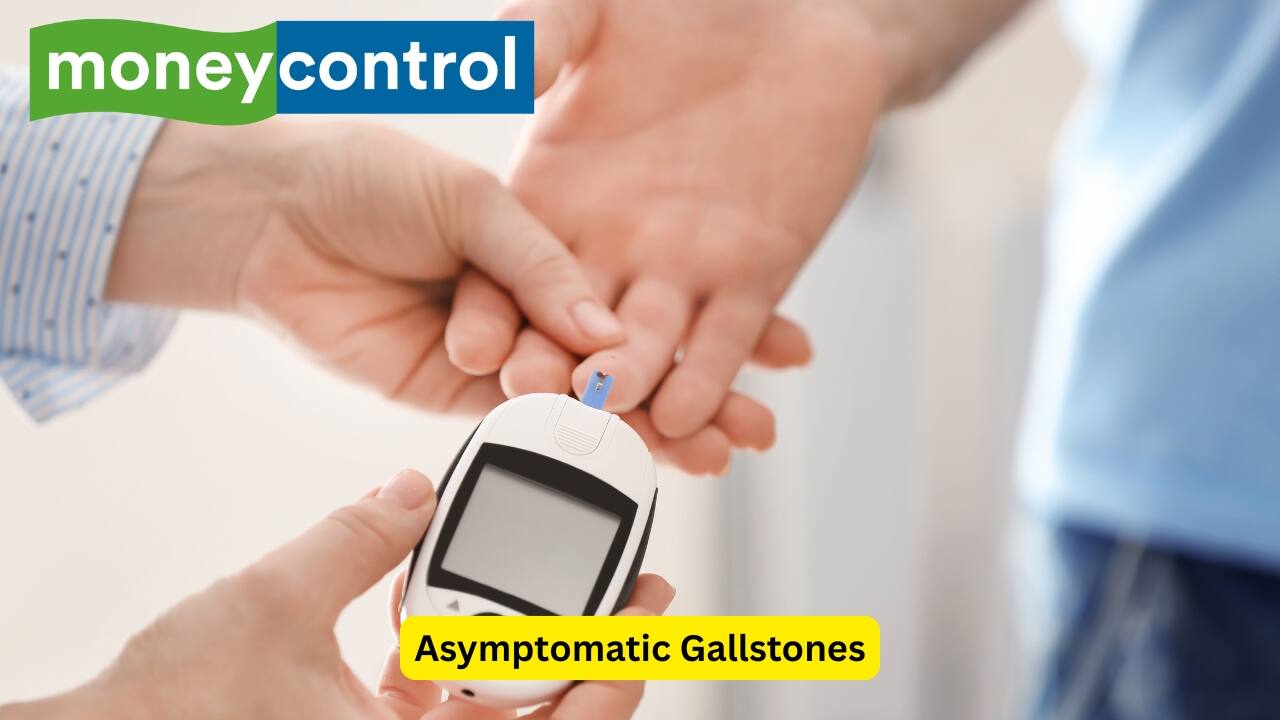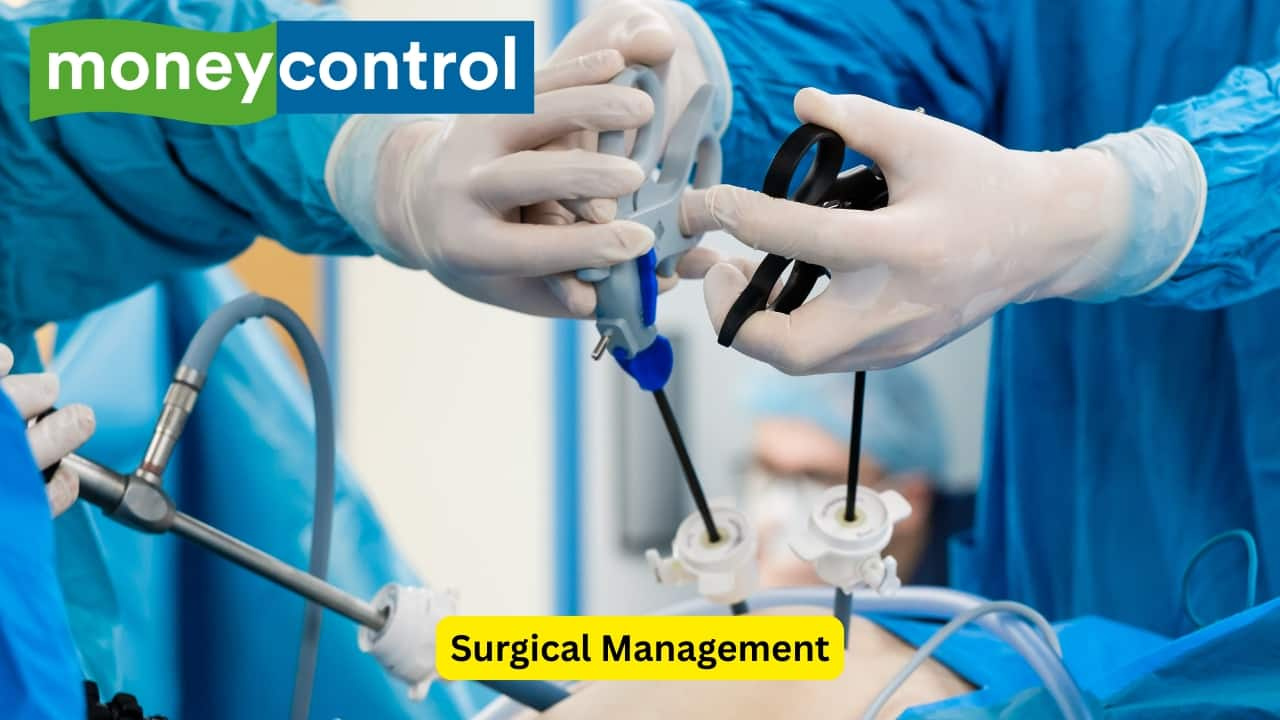What is cholelithiasis? 10 symptoms, causes and management
Cholelithiasis is the formation of gallstones in the gall bladder, composed of cholesterol, pigments, or mixed salts. Risk factors include obesity, drugs, infections, and bile stasis. It may be asymptomatic or cause biliary colic. Diagnosis involves ultrasound and imaging.
1/10

Definition of Cholelithiasis
Cholelithiasis is the presence of stones in the gall bladder, which are hardened deposits within the fluid. These stones may be made up of various substances, like, cholesterol stones and mixed stones, made up of calcium salts of phosphate, carbonate, and proteins. Pigment stones are small, blackish and sludge-like.(Image: Canva)
Cholelithiasis is the presence of stones in the gall bladder, which are hardened deposits within the fluid. These stones may be made up of various substances, like, cholesterol stones and mixed stones, made up of calcium salts of phosphate, carbonate, and proteins. Pigment stones are small, blackish and sludge-like.(Image: Canva)
2/10

Cholesterol Formation and Stones
Cholesterol is synthesised in the liver and altered levels can precipitate the insoluble cholesterol, which leads to the formation of stones. Factors that can alter the bile and salt ratio include obesity and mutation of genes like MDR3 and CYP7.(Image: Canva)
Cholesterol is synthesised in the liver and altered levels can precipitate the insoluble cholesterol, which leads to the formation of stones. Factors that can alter the bile and salt ratio include obesity and mutation of genes like MDR3 and CYP7.(Image: Canva)
3/10

Drug and Hormonal Factors
Other factors that may lead to the formation of gallstones include long term use of oral contraceptive pills. Other drugs that can lead to gallstones include clofibrate (lipid lowering agent) and cholestyramine. Any disease of the ileum (the last section of the small intestine) can also be a factor.(Image: Canva)
Other factors that may lead to the formation of gallstones include long term use of oral contraceptive pills. Other drugs that can lead to gallstones include clofibrate (lipid lowering agent) and cholestyramine. Any disease of the ileum (the last section of the small intestine) can also be a factor.(Image: Canva)
4/10

Infections and Infestations
Infections and infestations by various bacteria like Escherichia coli and Salmonella can also lead to the formation of these stones. Parasites like Clonorchis and Ascaris lumbricoides (roundworm) are also etiological factors for cholelithiasis. Stasis of bile, like in pregnancy may also be a reason.(Image: Canva)
Infections and infestations by various bacteria like Escherichia coli and Salmonella can also lead to the formation of these stones. Parasites like Clonorchis and Ascaris lumbricoides (roundworm) are also etiological factors for cholelithiasis. Stasis of bile, like in pregnancy may also be a reason.(Image: Canva)
5/10

Radiological Features
In some cases, the centre of the stone may contain radiolucent gas. SOme stones may either be triradiate or biradiate. Some stones may remain silent and asymptomatic, and are seen in ten percent of males and twenty percent of females. Other people may experience biliary colic, and the pain occurs within hours of a meal.(Image: Canva)
In some cases, the centre of the stone may contain radiolucent gas. SOme stones may either be triradiate or biradiate. Some stones may remain silent and asymptomatic, and are seen in ten percent of males and twenty percent of females. Other people may experience biliary colic, and the pain occurs within hours of a meal.(Image: Canva)
6/10

Clinical Pain Features
This pain may be severe, and spasmodic in nature. It often occurs in the right upper part of the abdomen or the upper middle part, and may radiate to the chest and the upper back, in some cases, it may even radiate to the shoulders. It can recur at any time, mostly after a heavy meal.(Image: Canva)
This pain may be severe, and spasmodic in nature. It often occurs in the right upper part of the abdomen or the upper middle part, and may radiate to the chest and the upper back, in some cases, it may even radiate to the shoulders. It can recur at any time, mostly after a heavy meal.(Image: Canva)
7/10

Asymptomatic Gallstones
Asymptomatic gallstones are usually made up of cholesterol, and are often single. It may be discovered when an ultrasound is done for other reasons. Such a stone may not require treatment until it is seen in people with diabetes, or those who have low immunity.(Image: Canva)
Asymptomatic gallstones are usually made up of cholesterol, and are often single. It may be discovered when an ultrasound is done for other reasons. Such a stone may not require treatment until it is seen in people with diabetes, or those who have low immunity.(Image: Canva)
8/10

Investigations and Imaging
Management of symptomatic gallstones may be done, and an ultrasound is usually advised. A plain X-ray of the abdomen and a liver function test are also recommended. CT scan can also be done, so as to rule out the possibility of stones in the common bile duct.(Image: Canva)
Management of symptomatic gallstones may be done, and an ultrasound is usually advised. A plain X-ray of the abdomen and a liver function test are also recommended. CT scan can also be done, so as to rule out the possibility of stones in the common bile duct.(Image: Canva)
9/10

Obstruction and Complications
If the gallstone obstructs the cystic duct (that connects the gall bladder to the common bile duct). The stone may cause obstruction, which further leads to stasis of bile and oedema of the wall. Bacterial infection may also be seen due to this. An impacted stone also leads to erosion of the mucosa.(Image: Canva)
If the gallstone obstructs the cystic duct (that connects the gall bladder to the common bile duct). The stone may cause obstruction, which further leads to stasis of bile and oedema of the wall. Bacterial infection may also be seen due to this. An impacted stone also leads to erosion of the mucosa.(Image: Canva)
10/10

Surgical Management
Laparoscopic cholecystectomy, a minimally invasive procedure that aids in removing the gall bladder. It uses scopes and involves smaller incisions as opposed to open cholecystectomy. However, gallstones must be differentiated from kidney stones and calcified lymph nodes on the X-rays.(Image: Canva)
Disclaimer: This article, including health and fitness advice, only provides generic information. Don’t treat it as a substitute for qualified medical opinion. Always consult a specialist for a specific health diagnosis.
Laparoscopic cholecystectomy, a minimally invasive procedure that aids in removing the gall bladder. It uses scopes and involves smaller incisions as opposed to open cholecystectomy. However, gallstones must be differentiated from kidney stones and calcified lymph nodes on the X-rays.(Image: Canva)
Disclaimer: This article, including health and fitness advice, only provides generic information. Don’t treat it as a substitute for qualified medical opinion. Always consult a specialist for a specific health diagnosis.
Discover the latest Business News, Budget 2025 News, Sensex, and Nifty updates. Obtain Personal Finance insights, tax queries, and expert opinions on Moneycontrol or download the Moneycontrol App to stay updated!





